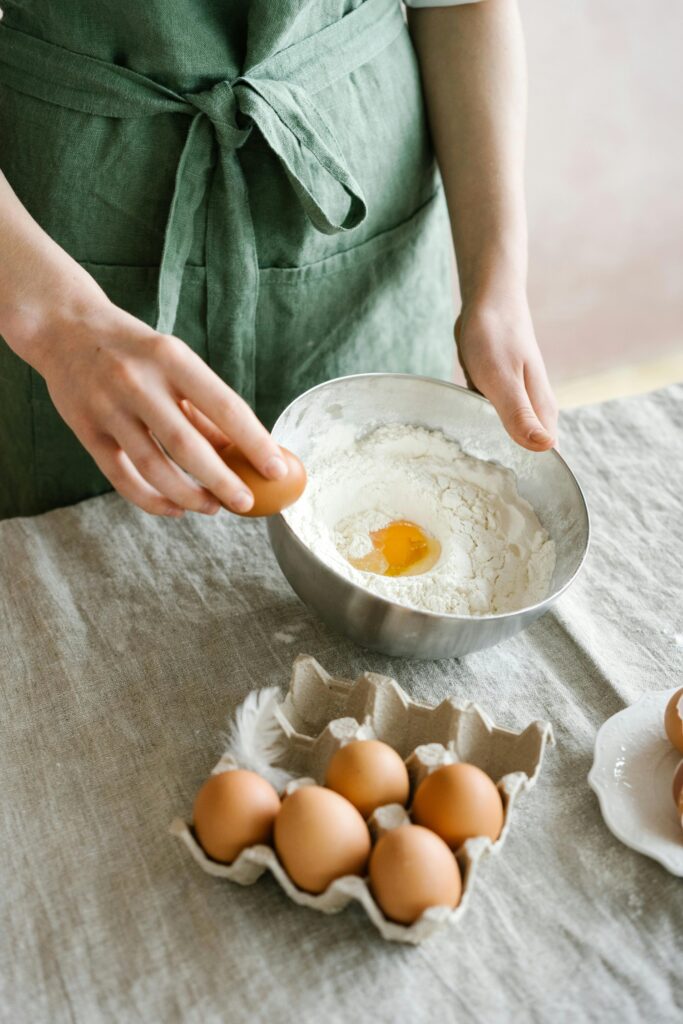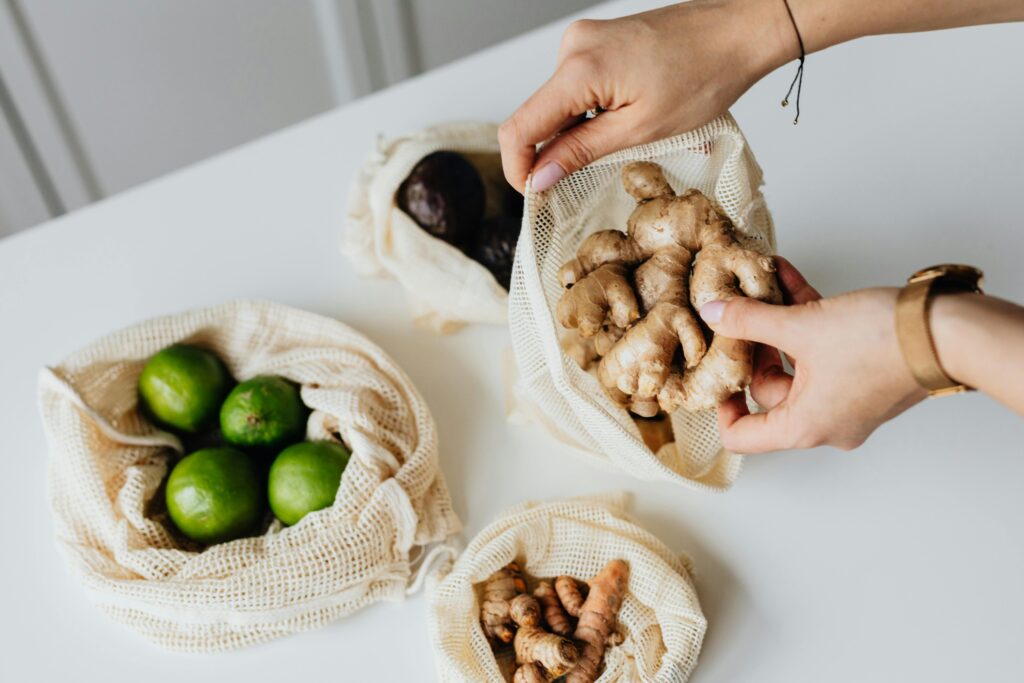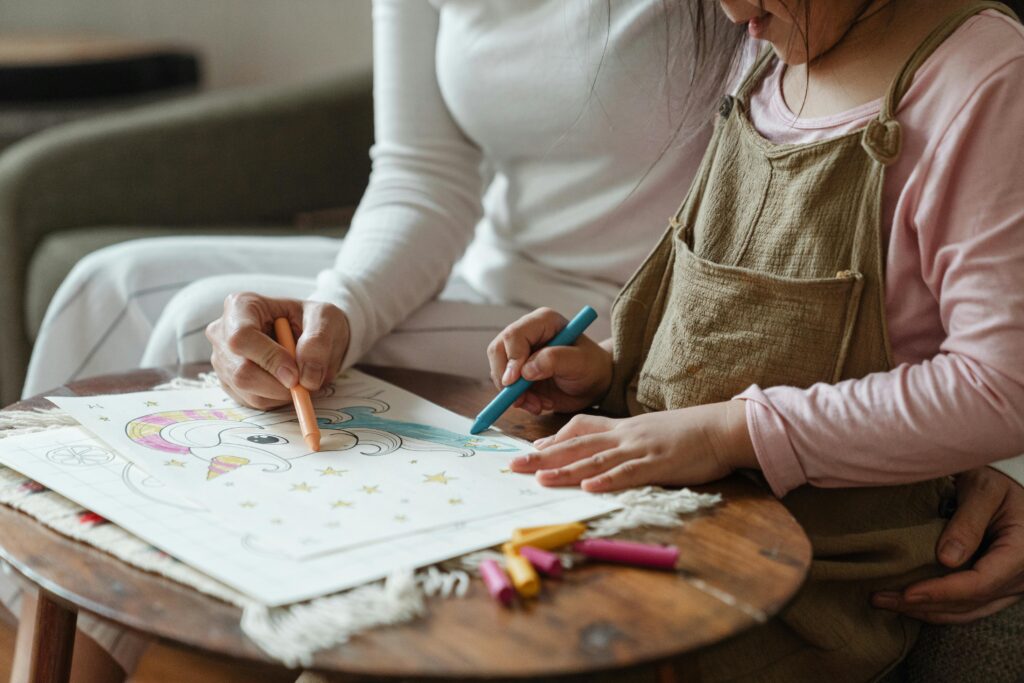The Roots of Homesteading and Its Modern Relevance
Homesteading, historically, was synonymous with survival. It meant growing food, building shelter, and living off the land. Why is this traditional practice experiencing a revival, and why do we consider it a vital lifestyle choice in our contemporary world? As we face considerable environmental, political, and economic challenges, adopting a homesteading mindset today represents freedom and independence. It’s a choice to live sustainably and responsibly. For some of us, it also means reducing reliance on mass production or government assistance, supporting ecological balance, and fostering community resilience.

When I talk about homesteading, many people tell me they think it means living like Little House on the Prairie. However idyllic to some, modern homesteading can look quite different if you want it to. You can embrace the spirit of homesteading wherever you live and with whatever style/aesthetic you want. It’s a blend of old and new—harnessing traditional skills while embracing modern conveniences.
Our beginning…
For my husband and me, homesteading didn’t start out looking like a farmstead. Experiences from childhood and transformative lessons of parenthood, especially becoming parents in 2008, guided our start in homesteading and homemaking in a little corner cottage in the city.
Imagine: it’s 2008. You’ve been married for one year and two months and working at the same company when you welcome your first baby to the family. Then, all of a sudden, that company closes for good.
What started with sewing decor for our firstborn’s nursery and planting our first garden grew as much out of necessity as it did out of passion. Over time, we added more skills and changed our lifestyle to create a self-sustainable lifestyle that prioritizes God, family, community, and stewardship of the land.
Aligning with Sustainable Living
Homesteading is a mindfulness lifestyle, a way to be good stewards of our resources and live harmoniously with nature. I’m often reminded that mindfulness isn’t about deprivation but about thoughtful consumption and appreciation of life’s more meaningful pleasures.
Taking steps like growing our own food, recycling, and saving energy benefit our planet and instill strong character values in us and our children. It’s an exciting journey worth embracing for the good of our people and our land! We can care for the earth and ourselves by using less and enjoying more.

Addressing Challenges and Misconceptions
Of course, homesteading is challenging. Many beginners are intimidated by its many aspects and techniques. It demands more time and effort than most of us are used to.
Don’t let that hold you back, though! Start small, perhaps with an herb garden on your windowsill or a compost bin in your backyard. Gradually, as your confidence grows, you step away from industrial systems and step towards independence.
In addition, the myth that homesteading can only work in rural areas is wildly untrue. The truth is that urban homesteaders are finding creative ways to practice self-sufficiency, from rooftop gardens to community farming initiatives.
It’s easier than ever to find resources and connect with people who share your interests in homesteading from anywhere in the world. This shows that homesteading isn’t limited by location or land size.
Thriving Examples
Check out Lisa at Farmhouse on Boone. She’s a modern homesteading wife and mother who shares her passion for food from scratch, natural living, and a handmade home.
Or Indy Officinalis, who, through community-supported agriculture, brings neighbors together to share crops and knowledge.
Jill Winger of The Prairie Homestead exemplifies modern homesteading by sharing her Wyoming prairie life, which focuses on traditional skills and promotes simplicity and self-sufficiency.
Melissa K Norris of Pioneering Today blends old-fashioned values with modern methods and inspires a farm-to-table self-reliant lifestyle from any kitchen.
Joel Salatin from Polyface Farm in Virginia offers innovative and regenerative methods for sustainable farming.
These pioneers, along with many more, are paving the way for sustainable lifestyles and encouraging us to join the movement.
These pioneers, alongside many more, provide a blueprint for sustainable lifestyles, proving it’s achievable for those ready to learn and adapt.

Homesteading is more than a social media trend
It’s a necessary reset of how we interact with the world. It prioritizes quality over quantity, empowers community support over government overreach, and chooses responsibility over convenience. This mindfulness is essential to us because we believe God calls us to be wise stewards of the earth and everything on it.
We aim to honor this sacred responsibility of caring for God’s creation. One way we live out our faith and pass down these values to future generations is by ethically and thoughtfully using the resources God has entrusted to us.
And it’s not about being perfect; it’s about making progress towards a healthier, more sustainable future for ourselves and our planet.
So, what do we do next?
Whether you live in the countryside or the city, consider adding homesteading habits to your life. Start small, learn from others, and be open to growth and self-discovery.
Who knows, maybe one day you’ll look back on your homesteading experience with the same nostalgia I feel when I think back to my first sewing project for my baby girl’s nursery.
Homesteading isn’t just a relic of the past; it’s a blueprint for our future. So, go ahead. Embrace your inner homesteader and see where the adventure leads you.


